Day Nursery Garden Ideas: Creating a Fun and Safe Outdoor Space
Creating a lovely and engaging garden in your nursery can be a magical experience for both you and the children. Not only does it provide a beautiful environment, but it also encourages kids to explore nature, learn about plants, and enjoy the outdoors. How can you transform your nursery into a captivating garden space?
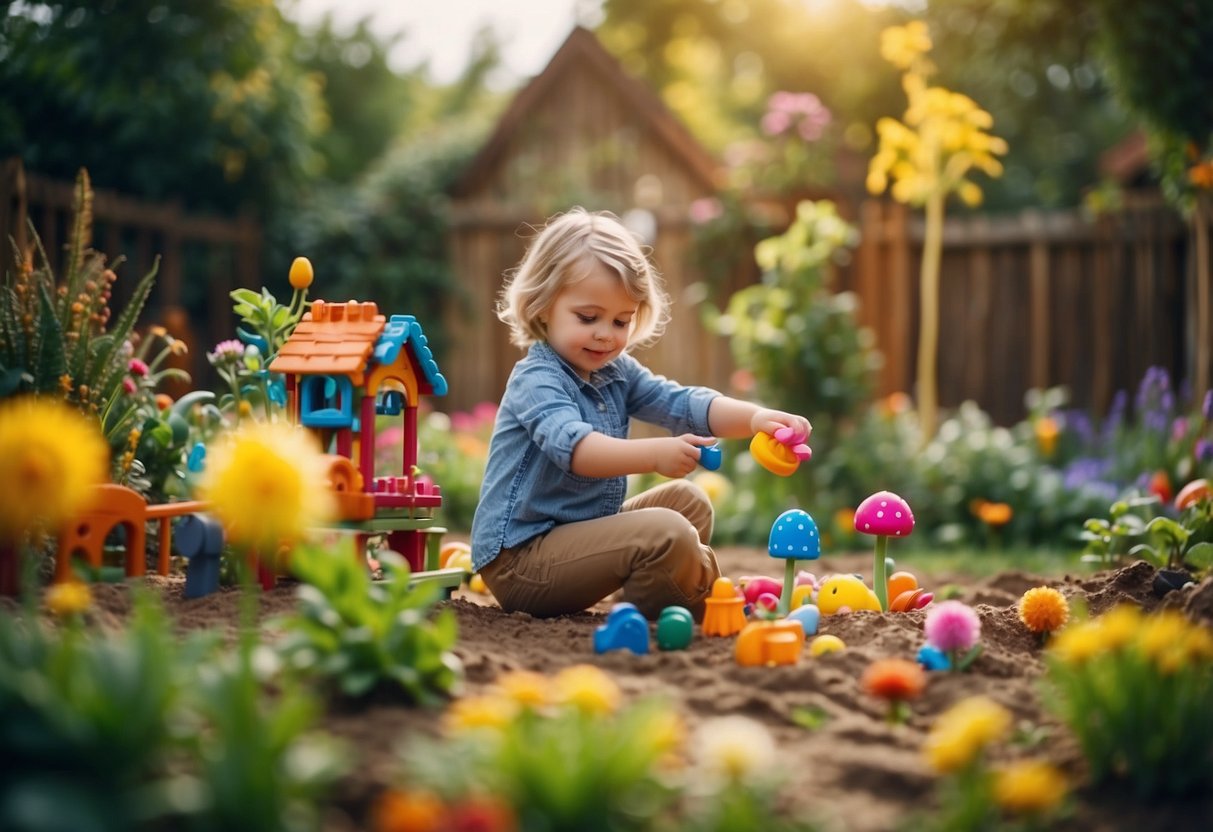
Whether you have a large outdoor area or a small patio, there are plenty of creative ideas to turn your space into a gardening paradise. From colorful flower beds to interactive play zones, these day nursery garden ideas will inspire you to create a vibrant and educational setting for your little ones.
1) Raised Bed Planters
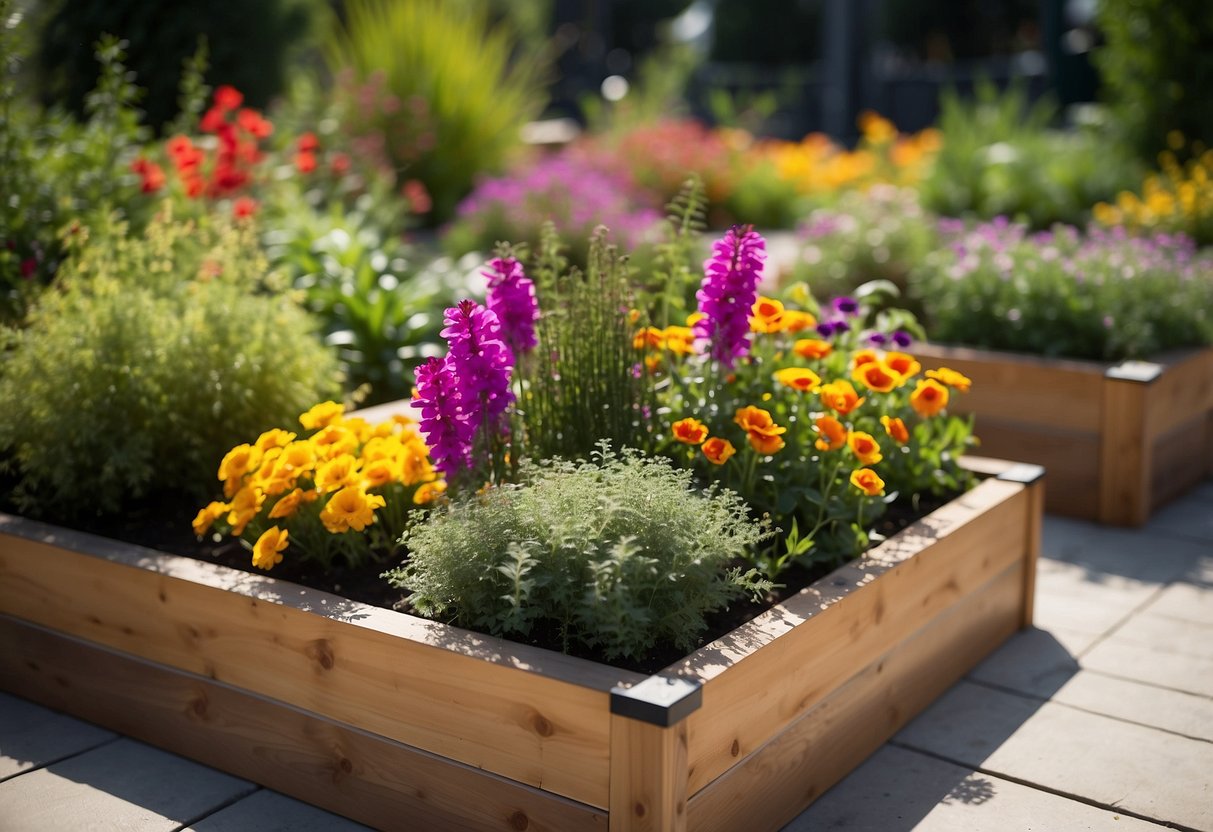
Raised bed planters are a fantastic way to keep your garden organized and manageable. They help with soil drainage and can make it easier to control weeds. You can plant vegetables, flowers, or herbs in them, depending on what you want.
One popular idea is using two-tier garden beds, which let you plant on different levels. This is great for maximizing space and adding depth to your garden. For a fun touch, consider painting them in bright colors or matching them with your garden shed for a cohesive look. Check out some ideas for inspiration.
2) Sensory Herb Garden

Consider adding a sensory herb garden for your day nursery. These gardens are designed to stimulate the five senses: sight, smell, sound, touch, and taste.
Include herbs like lavender, thyme, and oregano. Lavender can calm and relax with its scent. Thyme and oregano add interesting textures and flavors.
Use a mix of plants with different colors and shapes. Basil’s green leaves and edible flowers will catch the eye.
Create pathways where children can walk and explore. Encourage them to touch and smell the plants, engaging their senses fully.
Chocolate mint adds a delightful scent.
3) Colorful Flower Borders

Brighten up your day nursery garden with colorful flower borders. Marigolds and petunias are great choices. They come in many colors and are easy to grow, making them perfect for beginners.
Consider planting perennials like astilbe, which offers vibrant colors each summer. Adding dwarf varieties of irises and columbines can ensure blooms throughout the seasons.
Planting along pathways or lawn edges can create eye-catching displays that are both manageable and beautiful. For more ideas, check out this guide.
4) Shade-Tolerant Plants

When setting up your day nursery garden, choose plants that thrive in the shade. Hostas are perfect for shady spots and come in many leaf colors and patterns. Ferns add a lush, green texture and fill in empty spaces beautifully.
Consider planting columbines for their delicate, colorful blooms. Jack-In-The-Pulpit is another unique addition that does well in shade and offers a woodland aesthetic. These plants are sure to keep your garden vibrant even without direct sunlight.
5) Child-Sized Vegetable Patch
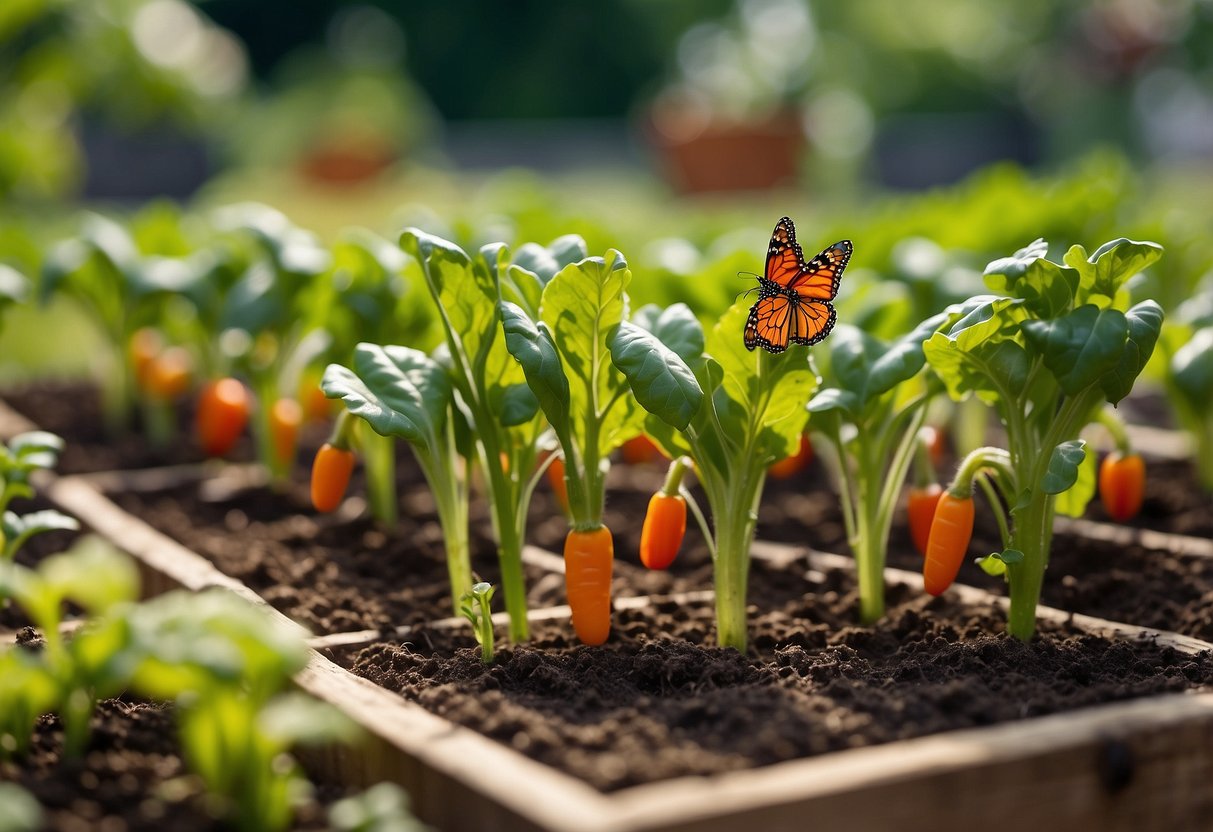
Creating a child-sized vegetable patch is a fantastic way to get kids excited about gardening. Choose fast-growing vegetables like beans, peas, cherry tomatoes, carrots, and lettuce. These plants are hardy and drought-tolerant, making them ideal for young gardeners.
You can use just a six-foot-square piece of land to make a colorful and fun space. This small plot allows children to easily tend to their plants and see quick results, keeping them engaged and happy to help. For some tips, check out these garden ideas for kids.
6) Butterfly Attracting Plants
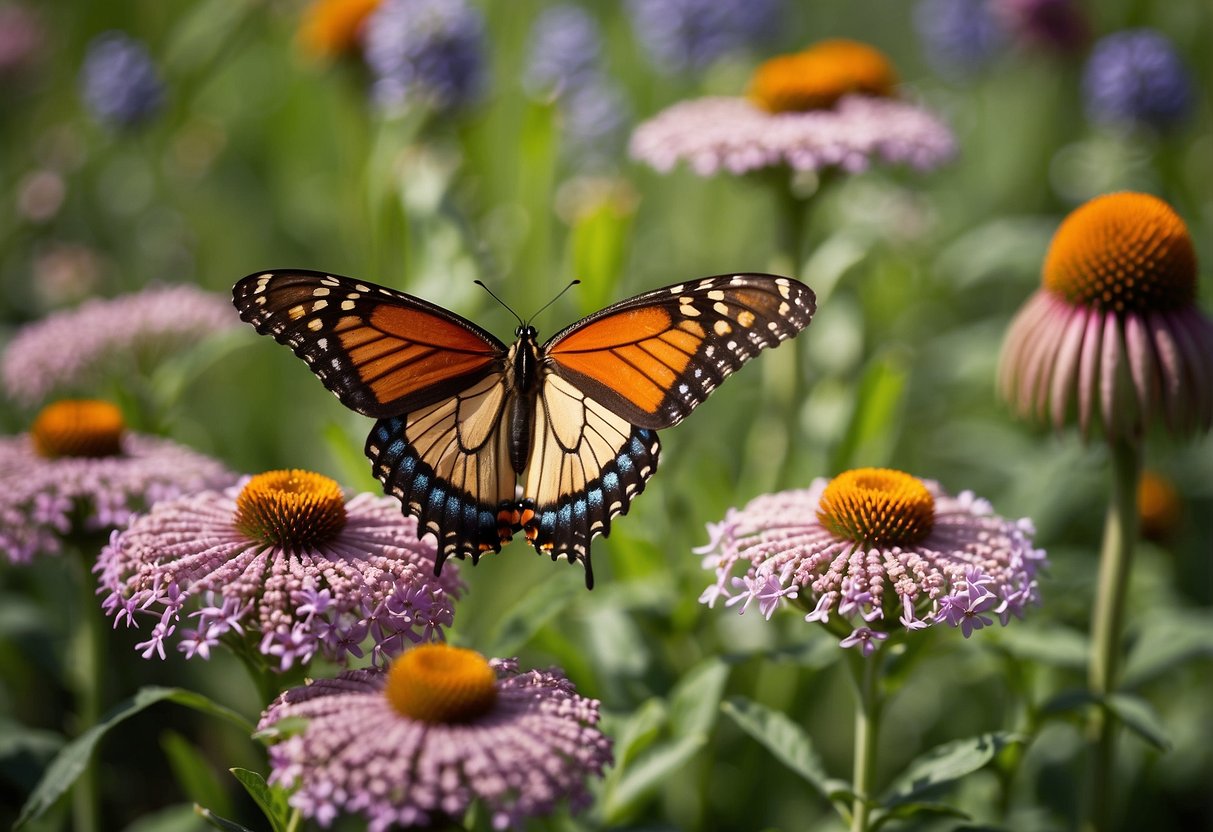
Butterflies add charm and color to your garden. To attract them, consider planting butterfly-attracting plants.
Geraniums are a great choice. They add color and fragrance, and butterflies love their blooms. You can plant them in containers or directly in your garden beds.
English lavender is another must-have. It’s ideal for borders and large beds. Butterflies are drawn to its lovely scent and vibrant flowers. Learn more about English lavender.
Passionflower vines are not only beautiful but also attract butterflies like the gulf fritillary. They thrive in various climates and provide a lovely addition to your garden. For more about Passionflower vines.
7) Engaging Water Features
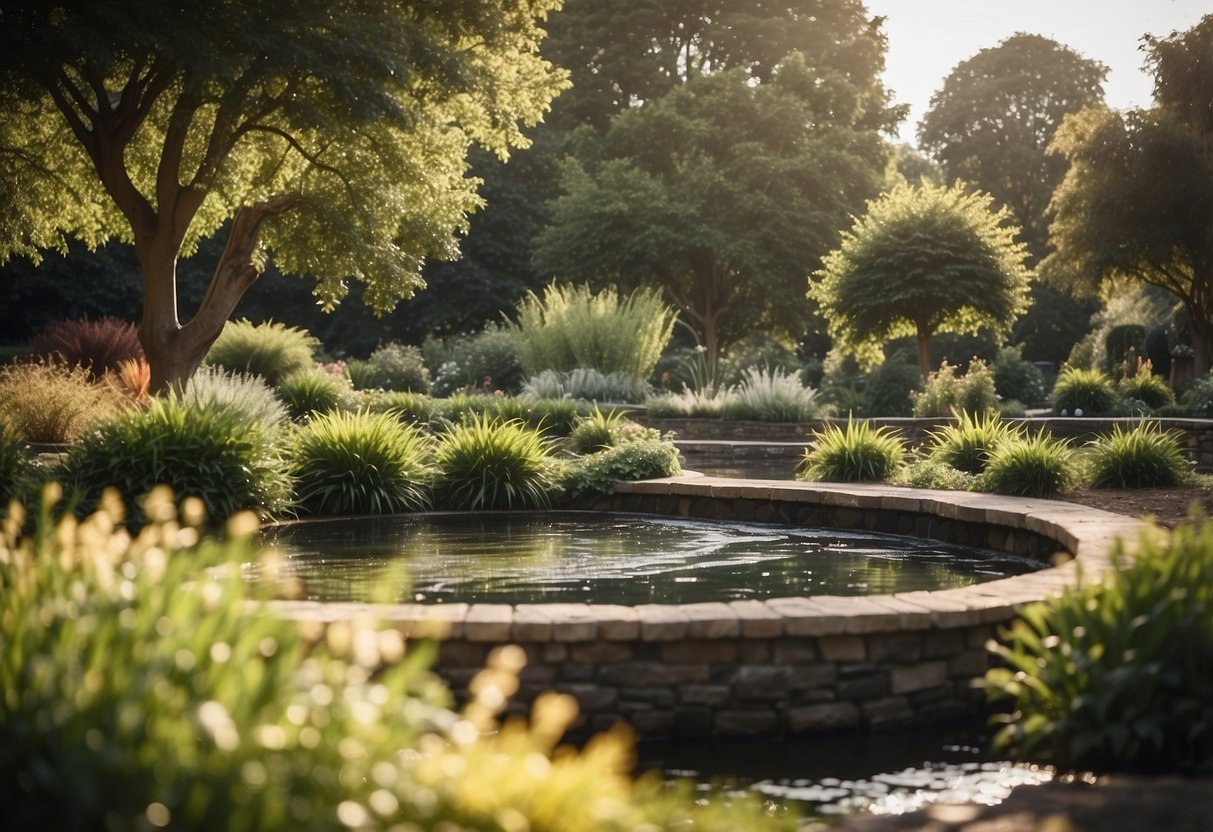
Adding water features to a day nursery garden can spark excitement and curiosity in children. Think about installing shallow ponds with gentle waterfalls.
Include small streams where kids can float toy boats. Water walls are also a great way to create a soothing visual and auditory experience.
Always prioritize safety. Use shallow depths and cover any deep areas with protective grates. Make sure that the surfaces around the water features are non-slip.
Consider interactive elements like hand pumps or water wheels. These can turn water features into fun learning tools.
8) Outdoor Chalkboard Area

An outdoor chalkboard provides a fun and creative space for kids in your day nursery garden. You can easily make one by attaching a large piece of backer board inside a wooden frame.
Make sure to use exterior paint to protect it from the weather. Adding a small ledge at the bottom of the board can help keep chalk organized.
Kids will love drawing and writing outside, making this a popular feature. Plus, it’s easy to clean and maintain. For more detail on building one, visit this guide on creating a giant outdoor chalkboard.
9) Mini Fruit Trees
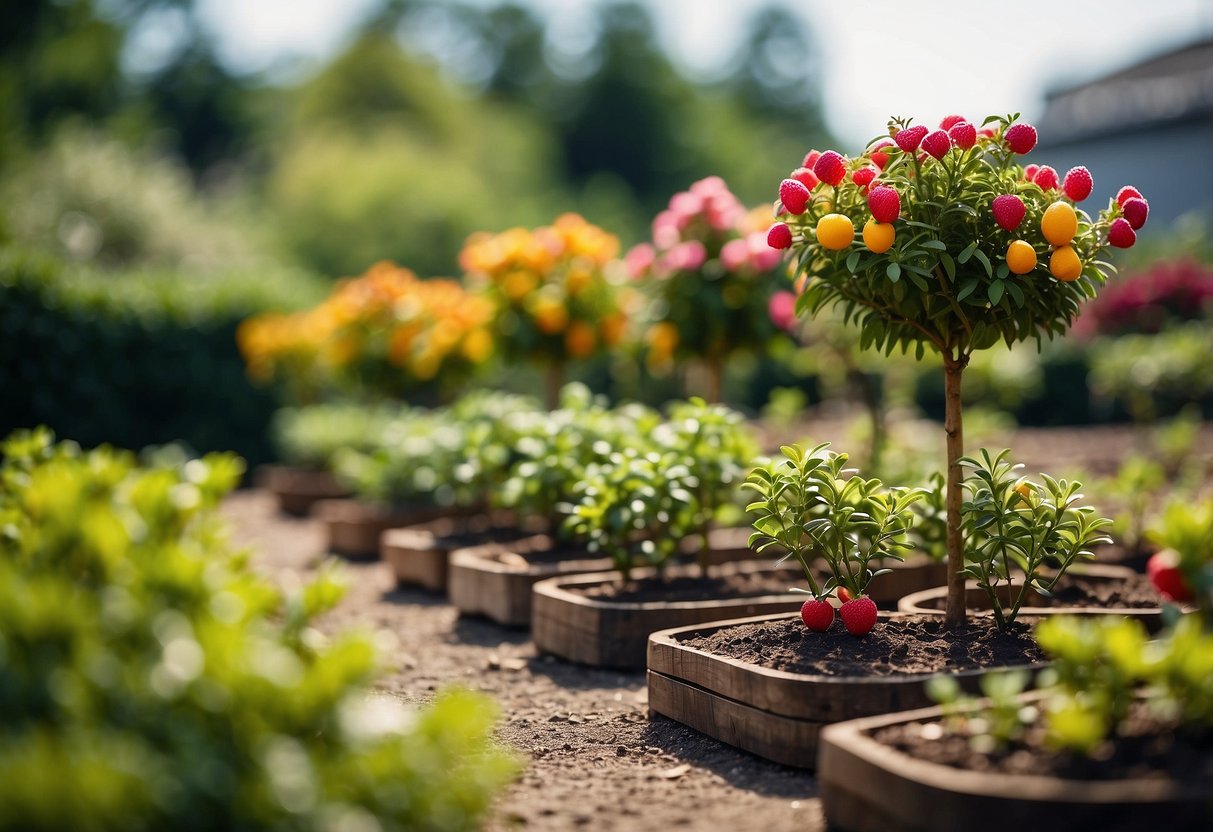
Consider adding mini fruit trees to your day nursery garden. Dwarf apple trees like the Cameron Select grow eight to ten feet tall. They are perfect for small spaces and even resistant to fire blight.
Dwarf lemon trees can be grown in pots and reach four to six feet tall. Their aromatic blossoms add a delightful scent to your garden. You can also try fig or stone fruit trees, which are great options for small gardens.
10) Insect Hotel

Creating an insect hotel in your day nursery garden is a fantastic way to attract helpful bugs.
Fill a wooden box with natural materials like leaves, twigs, and bamboo canes. Arrange them tightly to create crevices for insects to hide and lay eggs.
Place your bug hotel in a sheltered spot close to plants that need pollination and pest control for the best results.
Designing a Child-Friendly Garden

Designing a garden for kids aims to ensure safety while also providing engaging and exciting play zones. Below are the key points to keep your garden both fun and safe for young children.
Safety Considerations
Safety is paramount in a child-friendly garden. First, avoid deep water features such as ponds or large buckets. Even shallow water sources should be closely monitored or covered.
Fencing can help keep kids within safe boundaries. Use gates with child-proof latches to prevent wandering.
Non-toxic plants are essential. Some common garden plants are harmful if ingested, so opt for safe varieties.
Pathways should be clear and non-slip. Use materials like rubber tiles or mulch to prevent trips and falls.
Sharp tools and chemicals should be stored securely out of reach.
Shade areas are important to protect kids from too much sun. Use large umbrellas or plant shade trees.
Soft play surfaces like grass or foam mats are ideal to cushion any falls.
Creating Play Zones
Creating engaging play zones makes the garden enjoyable for children. An outdoor play kitchen is a fun addition where kids can make mud pies and experiment with nature. Tree stumps set as stepping stones are great for balance and coordination.
Sandpits are perfect for sensory play. Make sure they are covered to keep animals out.
Climbing frames and swing sets provide physical activity and fun. Ensure they are securely anchored.
Gardening areas allow kids to plant and care for their own flowers or vegetables. Provide them with child-sized tools and gloves.
Imagination corners can include themed areas like fairy gardens or dinosaur digs to foster creativity.
Establish quiet zones with benches or bean bags for reading and resting.
Incorporating Educational Elements

Adding educational elements to a day nursery garden can enhance its value by making it both fun and informative for children. This can be done through activities that foster learning and interactive features that keep kids engaged and curious.
Learning Through Gardening
Gardening offers a hands-on way for kids to learn. You can start by teaching them about the life cycle of plants, from seed to sprout to mature plant. Simple activities like planting seeds and observing their growth help children understand biology in a natural setting.
You might also involve kids in experiments, such as color-changing flowers. This activity, where white carnations absorb colored water, explains how plants drink and get nutrients. It’s a visual and engaging method to teach vital concepts.
Including counting and measuring exercises can improve math skills. For instance, ask the kids to count the number of leaves on a plant or measure the height of their plants every week. These small tasks make learning math fun and relevant.
Interactive Plant Features
Interactive elements can transform a garden into a dynamic learning environment. Consider integrating features like a sustainable educational garden where children help in maintaining the garden. This builds responsibility and teamwork.
Art in the garden can be both decorative and educational. Set up activities where kids create plant markers with their own drawings or make mosaics and murals that depict different plant parts or insects. This creativity fosters a sense of ownership and makes the space vibrant.
Lastly, create sensory gardens with plants that have unique textures, scents, and colors. Encourage kids to touch, smell, and observe the plants closely. This hands-on approach ensures that children remain engaged while developing their sensory awareness and appreciation for nature.







